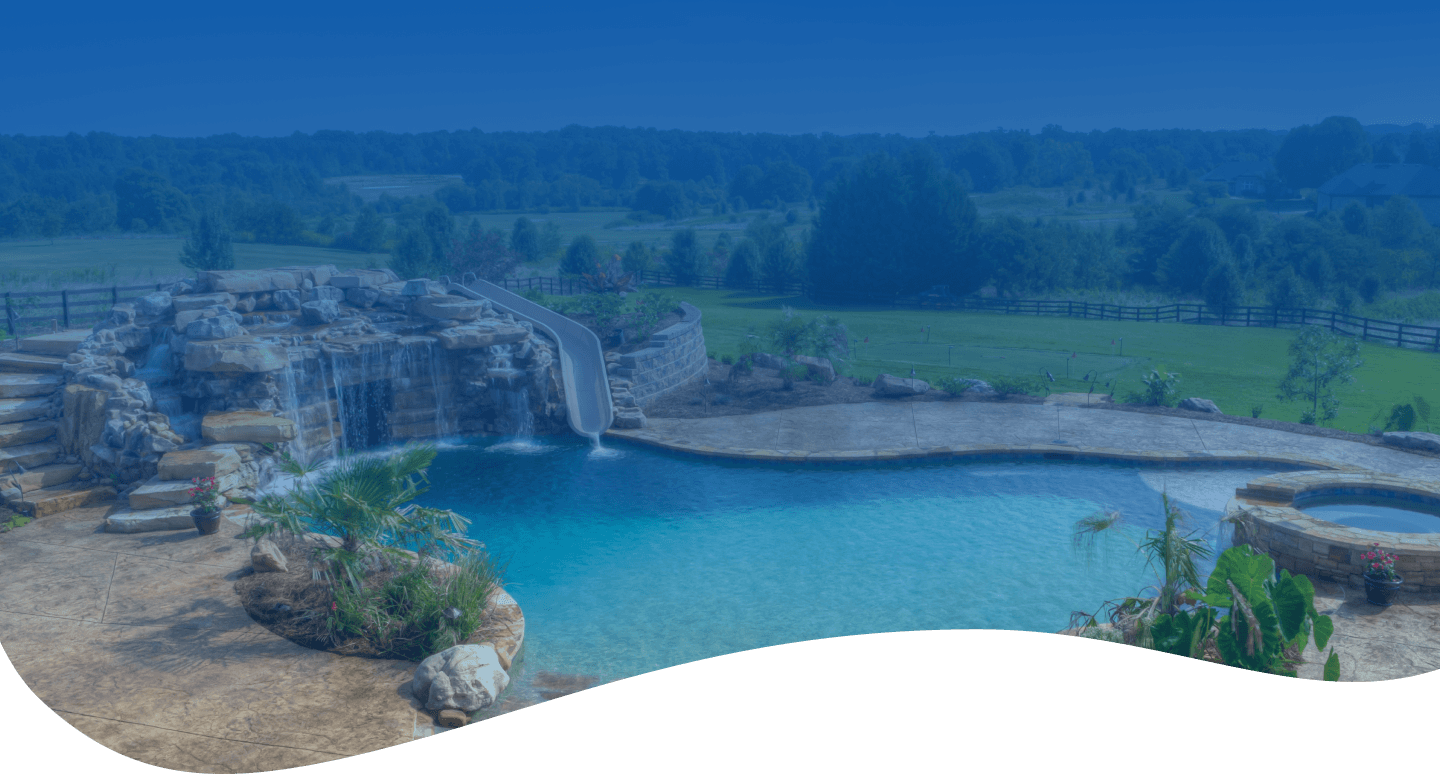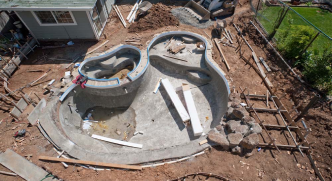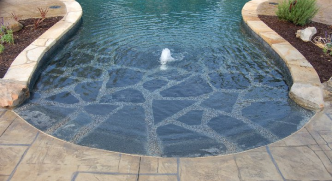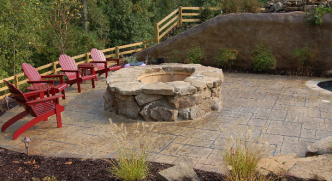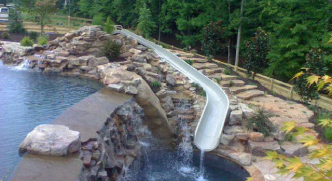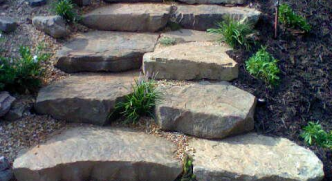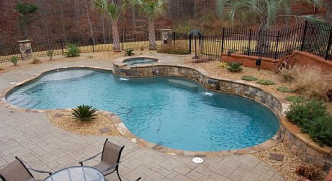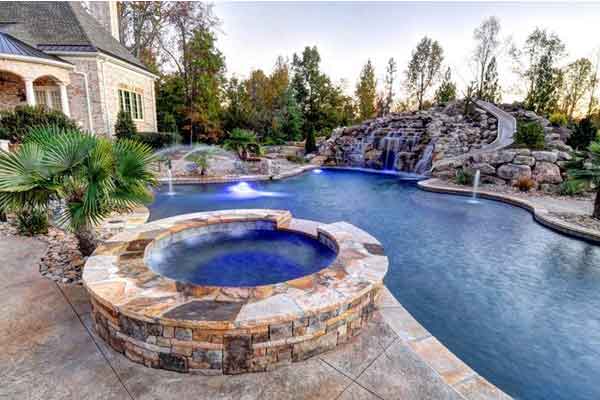The first popular question that pops up on search engines when typing in “inground pool” is “how much does the installation cost?”. Fair question. Weather is increasingly more suitable for late night swims, whether they be for relaxation or fitness purposes. But at what cost?
Although there is no direct answer because no inground pool looks the same – just like no living space looks the same – as another, we can provide some more context about what an inground pool installation implies.
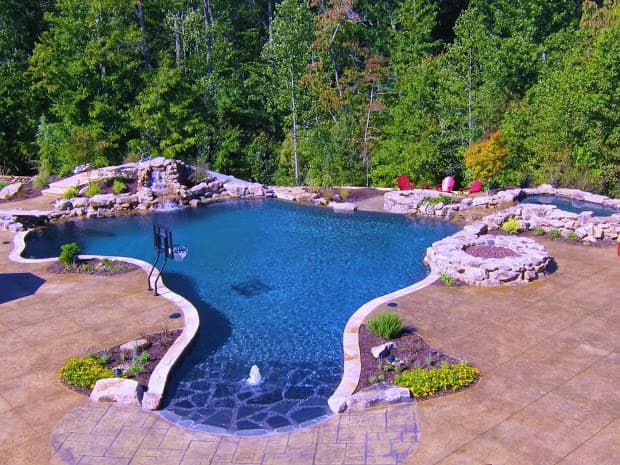
Types of Inground Pools in Georgia
Depending on what your outdoor area looks like and what sort of maintenance it requires, inground pools vary in types. To build an indoor pool in Georgia, you don’t necessarily need a permit, but you need to make sure that you choose the right material. There are 3 types of materials out of which inground pools are popularly made in Georgia.
Concrete
For the most part, citizens of Georgia prefer concrete inground pools. They are the most durable and also allow a wide range of personalization features. As for everything that is built to last, on top of having the option of so many add-ons, the price is high. More specifically, the price range for a concrete inground pool starts at around $70,000 and can exceed $200,000.
If you have a generous budget put aside, we recommend investing in a concrete pool. Keep in mind that the budget doesn’t stop bleeding after the pool is done; depending on water features and retaining walls, maintenance will also increase the bill on a yearly basis. But concrete pools are here to stay. They are the most sturdy as they are the most customizable to any style, shape, or design.
Get Started with Us Today!
See our concrete pools!
Someone from our team will call you within 24 hours.


In certain situations, extra costs and paperwork might occur, such as permits and other facilities to make the pool comply with local ordinances, extra excavation, and general maintenance. Call White’s Pools now to find out what inground pool type is recommended for you, at (770) 466-2376 or fill out the contact form.
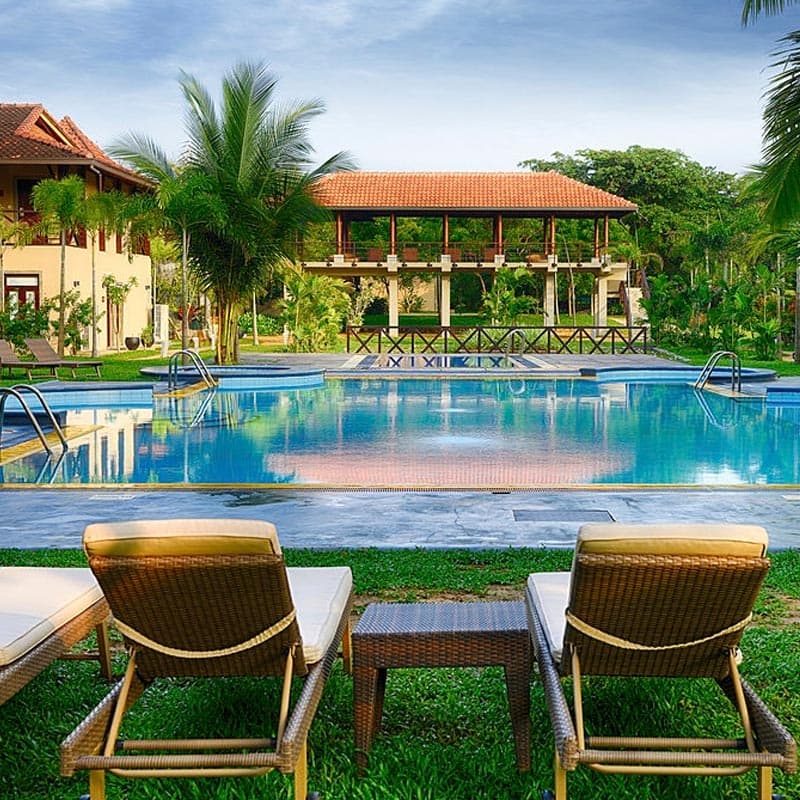
Pool Maintenance
Although this article only gives a bit more insight to the kinds of costs inground pools are subject to, maintenance is an important and costly factor to consider. Owning a pool requires at least as much responsibility as owning a pet.
Pool “moms and dads” need to understand that maintenance is a necessity rather than a frequent impulse purchase. A pool can affect the living area from the quality of the water (a chemical health hazard) to the very foundation of the house. Each type of pool has a different maintenance checklist. Let’s briefly go over each.
Maintaining a Concrete Inground Pool
As stated before, a concrete inground pool is the most costly to install and maintain. It will also outlive your grandchildren and bring up the value of your real estate if maintained properly. The main features that need yearly – or even rarer – maintenance are:
- pool shell acid wash – over time, stains will start to appear on the pool shell. This can happen every 3 to 5 years. The average price for an acid wash of the pool shell is $400.
- pool cleaning service – this needs to be done yearly and it costs approximately $500 per cleaning session.
- replastering or retiling the pool interior – don’t worry, this is only necessary every 10 to 15 years. But when it needs to be done, it costs roughly $10,000.
- chemical usage – the annual cost for pool chemicals is around $700.
- electricity usage – this will run you at about $400 per year.
Before you get too discouraged by these prices, also think of them as a constant investment. Just like a car needs regular maintenance to safely transport you from one place to another, a pool is a main eye-candy factor when you or your guests enter your outdoor area. It needs to stay healthy and neat to make you and your family or guests happy swimmers.
Acid washes must occur in order to keep pH levels balanced. Brushing is also important for keeping algae away, so the shell stays smooth and clean. The resurfacing of the pool becomes necessary as the surface material gets damaged by porosity over the years, but this might be something your kids will need to worry about…you won’t need to worry about it too soon. The cost of chemicals is higher because gunite – the material concrete pool shells are composed of – is difficult to penetrate in order to be cleaned.
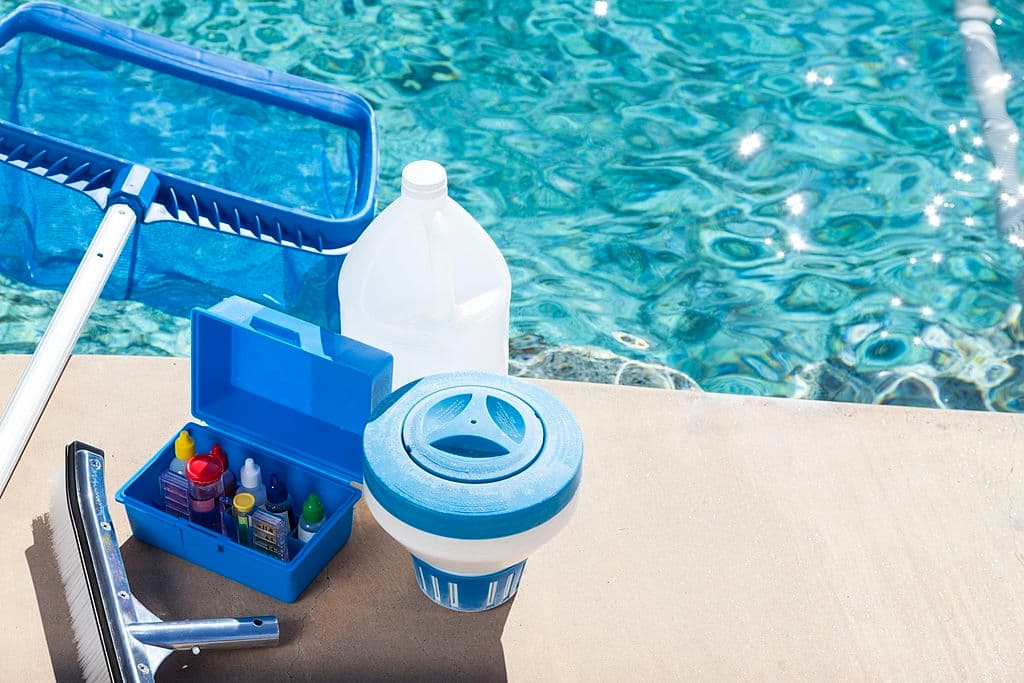
What Pool is Best for You?
By now you should have already jotted down these rough estimates for every pool.
Take permits into consideration as well, as some cities in Georgia require certain paperwork for owning “residential swimming pools” (defined as “any structure intended for noncommercial swimming or recreational bathing that contains water over 24-inches deep including inground, aboveground, and inground swimming pools, hot tubs, and spas.”). Make sure to ask your local department of planning & development if you are eligible to undergo the process of installing an inground pool.
For more specific pricing and details regarding any of the three inground pool types, White’s Pools is just a phone call or email away. Give us a call on (770) 466-2376 or use our contact form.
We’ll be glad to pay you a visit and assess your outdoor area to offer you the best solution. With our vast knowledge about pools, we will treat your wallet as our own and look for the most optimal solutions so that you benefit from your investment as much and for as long as possible.
